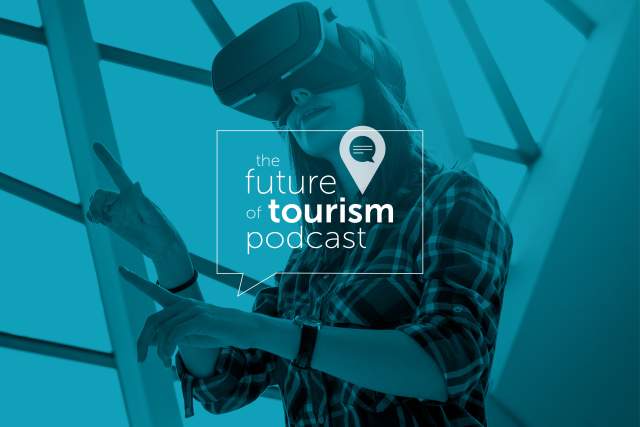In this time of global crisis and uncertainty, we put the call out to leaders, CEOs, strategists and consultants to sit down and tell us, in their own words, what is going on and what is going to happen next in this vital global industry.
Immersive Augmented Reality (AR) is here. Right here, right now, you're surrounded by it. Some of it — such as Instagram filters or Pokémon Go — you may use and not even realize it’s augmented reality.
That’s right, some enhanced artificial or expanded reality is explicitly designed to be invisible, like the haptic feedback you get from your iPhone when you press the right or wrong button. There's also the very visible and highly engaging augmented reality where you're hyper-aware of its presence — for instance, the cool overlay interface on stargazing apps and the voice prompts on your Google Maps. Sexy, fun, yes. Costly, no.
The pandemic has caused us to look at a number of things that we used to consider only as analog, such as meetings, events, social gatherings, music — and reinterpret them, reimagine them, not just dumbed down to digital but to be enhanced and expanded by it.
Sounds all pie-in-the-sky? It isn't. Immersive digital augmentation or augmented reality is already mainstream and accessible for destinations keen to engage with partners on content creation and build a better digital, more holistic, more honest, more inclusive digital brand for their destination.
In his 1992 science fiction novel Snow Crash, Neal Stephenson coined the term the metaverse - a place where humans, as avatars, interact with each other and software agents in a 3D virtual space that uses the metaphor of the real world. Stephenson used the term to describe a virtual-reality-based successor to the internet.
This past July, Facebook CEO Mark Zuckerberg told his employees about an ambitious new initiative that would shift the company's business model toward a maximalist, interconnected set of experiences straight out of sci-fi — a world known as the metaverse …
Just about that same time, I received an email from a bright, ambitious young entrepreneur from London, Ontario, named Ben Switzer. He’s a disruption architect whose focus is to bring forth the next generation of tourism placemaking and visitor engagement technology.
EXAR Studios’ focus is a user-friendly platform that creates augmented reality for tourism destinations.
Imagine walking down Bay Street in Toronto with your mobile device or your VR glasses as the architecture and its significance are highlighted for you.
Over there, the two black steel-and-glass towers, your device tells you are one of architectural luminary Mies van der Rohe’s iconic projects.
Off to your left as you walk west is the magnificent CN Tower. The scrolling text, audio feed, and virtual tell you that in 1995, the tower was deemed one of the modern Seven Wonders of the World by the American Society of Civil Engineers, that construction began in 1973, that It took 40 months to build, and that it cost $63 million (Canadian dollars).
And then, based on your own browsing history, a notice pops up on your device or glasses with an arrow pointing down the street and around the corner, letting you know that one of the most famous Chinese dim sum restaurants in Toronto is just four blocks away and opens for lunch in 15 minutes (with an added warning to get there soon, as lineups are usually pretty long).
You could say that's the world that Ben Switzer lives in, but, more appropriately, it's the world he helps create for tourism destinations around the world. It is accessible, relatively inexpensive, and creates legacy value assets that are always on for the destination. In these challenging times, it’s an excellent way to forge new and enduring local partnerships and connections.
Isn’t it time you updated your Rolodex to include AR, VR and immersive technology?

